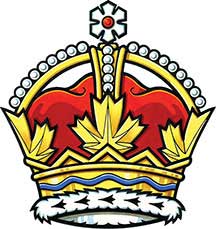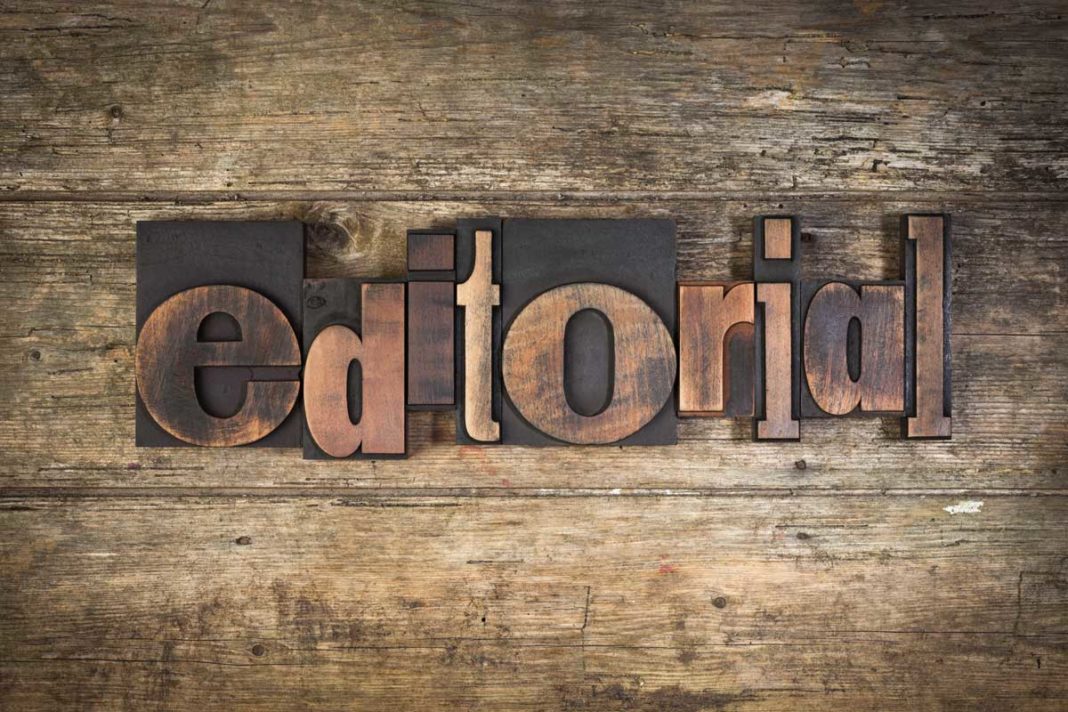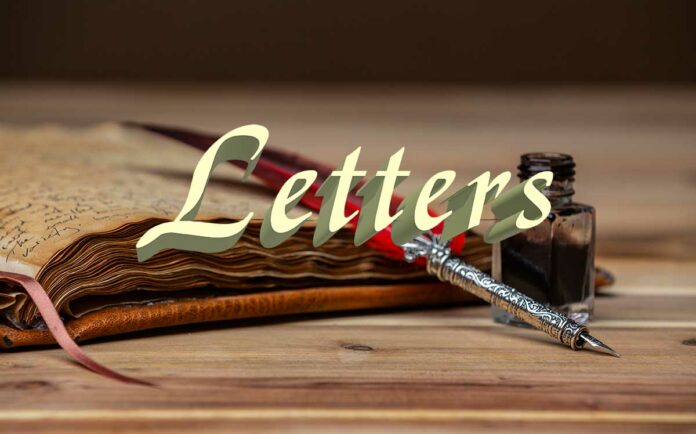One of the great challenges of democratic leadership is taking into account the needs and desires of those being governed. Consultation, especially when it comes to controversial issues, is fraught at best and often disruptive, as competing interests and partisan gamesmanship invariably enters the fray. The larger danger lies in diving in headfirst without adequate investigation of the waters.
Even as national polls offer a mixed welcome to Canada’s new monarch, His Royal Majesty King Charles III, a major seismic shift is taking place in the realm of heraldry. Governor General the Honorable Mary Simon unveiled our nation’s new coat of arms, the first since 1957 and the first since the ascension of her Royal Highness Queen Elizabeth II.
The ripples of this particular change will reach into nearly every corner of the country as the Canada Coat of Arms can be found on federal government possessions like buildings, official seals, money, passports, proclamations and publications, as well forming part of the rank badges of some members of the Canadian Armed Forces and some police services.
The Canadian Royal Crown is an important symbol of the sovereign’s authority, the Canadian monarchy, and the power of the state acting in the sovereign’s name. This latest version is based on the actual crown used at the coronation of King Charles III, but it is highly stylized and incorporated elements which emphasize the Canada’s identity.
There is much to applaud in the new Canada Coat of Arms as it is reflective of our evolving national identity. Gone are the emblems of our two solitudes, the British Lion and French unicorn have been consigned to history, and the maple leaf, long a symbol of our nation, no longer lies gripped in the claws of the lion but plays a larger and more independent role. Christian religious symbols are also relegated to the dustbin, more reflective of the secular reality of the polity.
The triangular shapes across the top are meant to evoke the Canadian landscape, dipping and rising as it stretches from ocean to ocean. So far, so good.
But atop it all, the new Canadian crown is topped with a stylized snowflake.
Now while the snowflake is reflective of our status as a northern nation, and yes, since 2008 that snowflake has adorned the symbol of the Order of Canada, it also has a less savoury connotation that will doubtless stoke the fires of the so-called “anti-woke.” It is hard to believe that any well-crafted focus group would not have pointed out that unfortunate connection. With any broad public consultation, the matter would have arisen to the fore.
Inclusion of the snowflake atop our most prominent national expression will only serve to validate partisan accusations that the current government is turning us all into a nation of “snowflakes,” easily melted when put to the test. As history has shown the world that is anything but reflective of the truth of our national character and a heraldic symbol will not change that fact.
But what is far more concerning is that this change has been sprung upon the nation with little to no warning or broader public consultation. Given that the world is fast becoming a more dangerous place with each passing day and following generations of material decline in military equipment and numbers, is a snowflake really the image we wish to present to the world?
If the current federal government is planning to return to power in 2025, it would be prudent to stroll outside the Ottawa bubble and those waters teeming with sycophants and bureaucrat to take the temperature of ordinary Canadians or they will find themselves melting in the heat of an election, just like the snowflake.
In the meantime, Canadians will bear the new snowflake with pride and woe to anyone who tries to knock it off.






